Learn more about what you can expect during this uterine fibroid treatment, along with the possible risks and results.
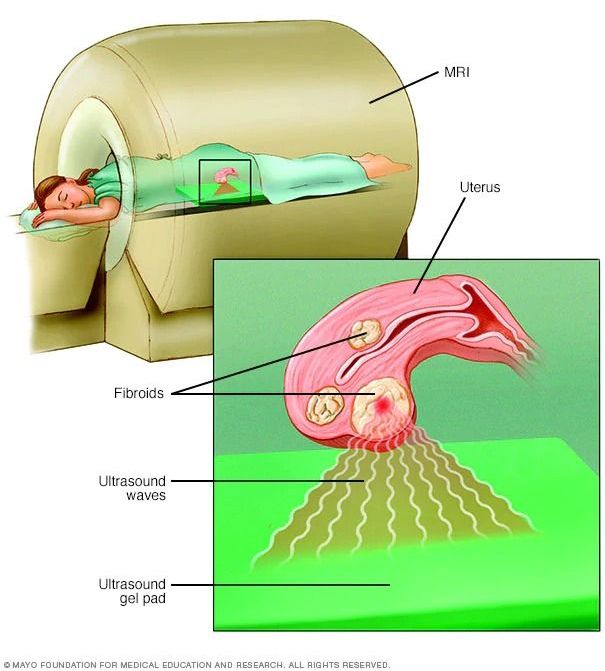

Circa 2018
Magnets may play a central role in the future of surgery. This summer, US surgeon Dr. Jeffrey Cadeddu performed the first of several magnet-assisted prostate cancer surgeries he has now done.

Circa 2013
The unique relationship between the coordinates in the bore of a Magnetic Resonance Imaging (MRI) scanner and the magnetic field gradients used for MRI allows building a localization system based on the measurement of these gradients. We have previously presented a miniature 3D Hall probe integrated in a low cost, low voltage 0.35μm CMOS chip from which we were able to measure the magnetic gradient 3D maps of 1.5T and 3T MRI scanners. In this paper, this 3D Hall probe has been integrated in a magnetic tracking device prototype and an algorithm was built to determine the position of the probe. First experimental results show that the probe gives its position with accuracy close to a few millimeters, and that sub-millimeter localization in a one-shot-3ms-measurement should be readily possible. Such a prototype opens the way for the development of MRI compatible real time magnetic tracking systems which could be integrable in surgical tools for MR-guided minimally-invasive surgery.
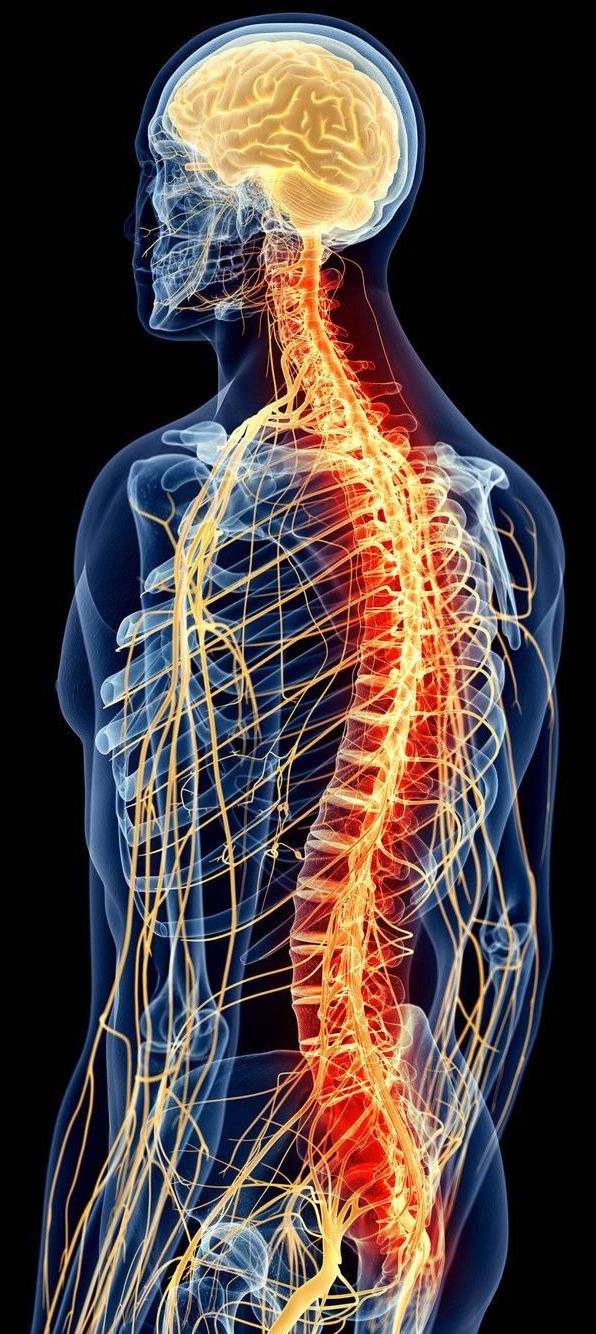
Neuroregeneration entails not only neurogenesis, but also regrowth of lost connections and birth of non-neuronal cells. While adult neurogenesis in humans is only known to occur definitively in a few precisely circumscribed regions of the brain, work in other species suggests that science has only scratched the surface of the full regenerative potential of our own nervous systems.
The serotonergic system has widely been shown to control many aspects of neuroregeneration. In some regions, it facilitates neurogenesis, while in others, it seems to inhibit it. In the case of inhibition, a recent example has been published in PLOS Biology. The authors used a zebrafish model of Alzheimer’s disease to show that amyloid-induced interleukin-4 (IL4) promotes neurogenic stem cell proliferation by suppressing the production of serotonin. In these animals, there is a unique neuro-immune interaction through which IL4 secreted by dying neurons activates microglia. In turn, microglia reciprocate by revving up neural stem cell proliferation.
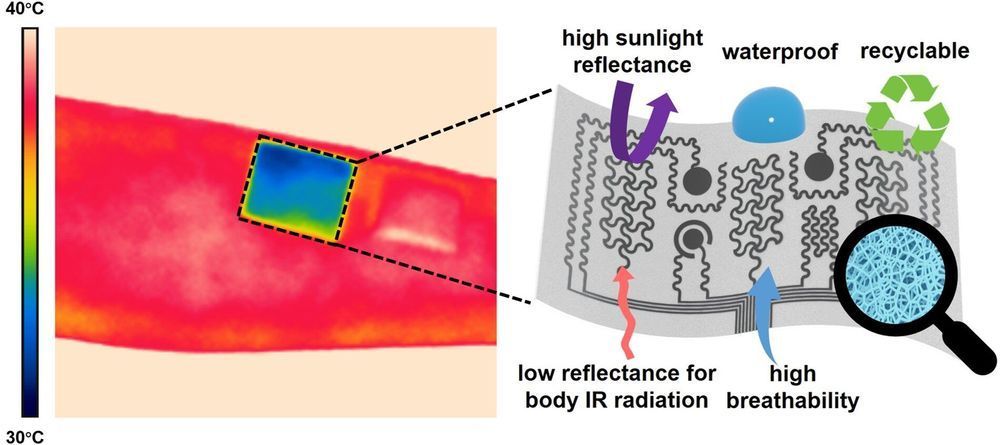
One day, soldiers could cool down on the military battlefield—preventing heat stroke or exhaustion—by using “wearable air conditioning,” an on-skin device designed by engineers at the University of Missouri. The device includes numerous human health care applications such as the ability to monitor blood pressure, electrical activity of the heart and the level of skin hydration.
The findings are detailed in the journal Proceedings of the National Academy of Sciences.
Unlike similar products in use today or other related concepts, this breathable and waterproof device can deliver personal air conditioning to a human body through a process called passive cooling. Passive cooling does not utilize electricity, such as a fan or pump, which researchers believe allows for minimal discomfort to the user.
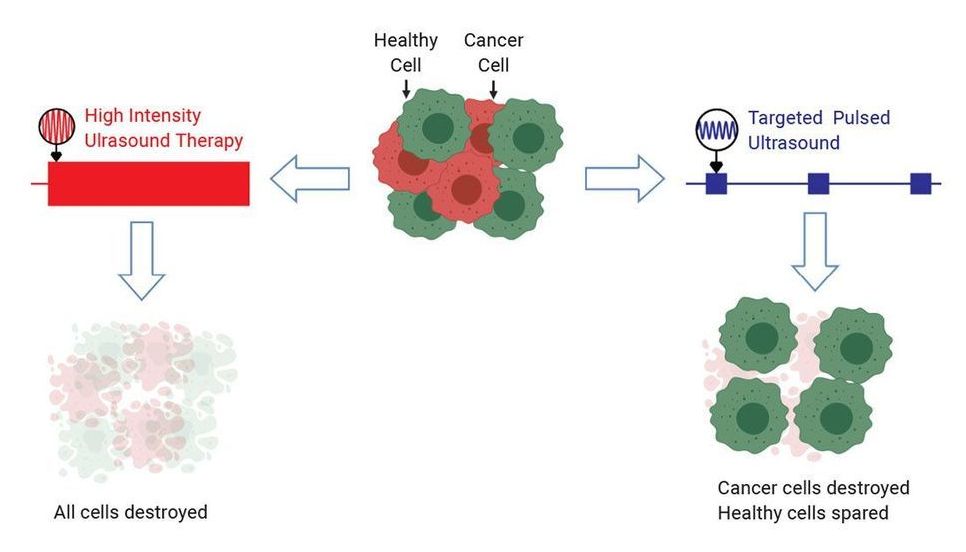
Doctors have used focused ultrasound to destroy tumors without invasive surgery for some time. However, the therapeutic ultrasound used in clinics today indiscriminately damages cancer and healthy cells alike.
Most forms of ultrasound-based therapies either use high-intensity beams to heat and destroy cells or special contrast agents that are injected prior to ultrasound, which can shatter nearby cells. Heat can harm healthy cells as well as cancer cells, and contrast agents only work for a minority of tumors.
Researchers at the California Institute of Technology and City of Hope Beckman Research Institute have developed a low-intensity ultrasound approach that exploits the unique physical and structural properties of tumor cells to target them and provide a more selective, safer option. By scaling down the intensity and carefully tuning the frequency to match the target cells, the group was able to break apart several types of cancer cells without harming healthy blood cells.
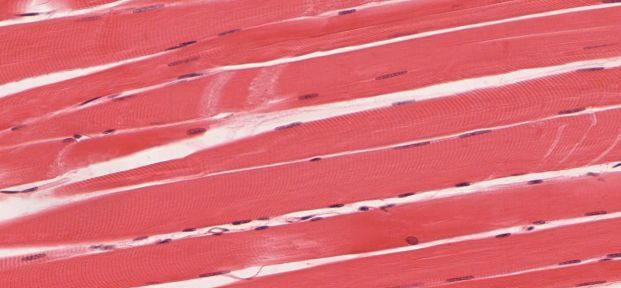
Step off of that bathroom scale. That number won’t tell you how healthy you actually are, according to a University of Alberta researcher.
Nutrition expert Carla Prado has written extensively about the dangers of low muscle mass across a wide range of body types. According to her recent review of nearly 150 studies published over a single year, patients with low muscle mass experience more complications, longer hospital stays and lower survival rates.
“Muscle is very important for movement and balance, for posture, strength and power, but it’s also a reservoir of amino acids,” said Prado. “The more you lose, the greater the consequences.”
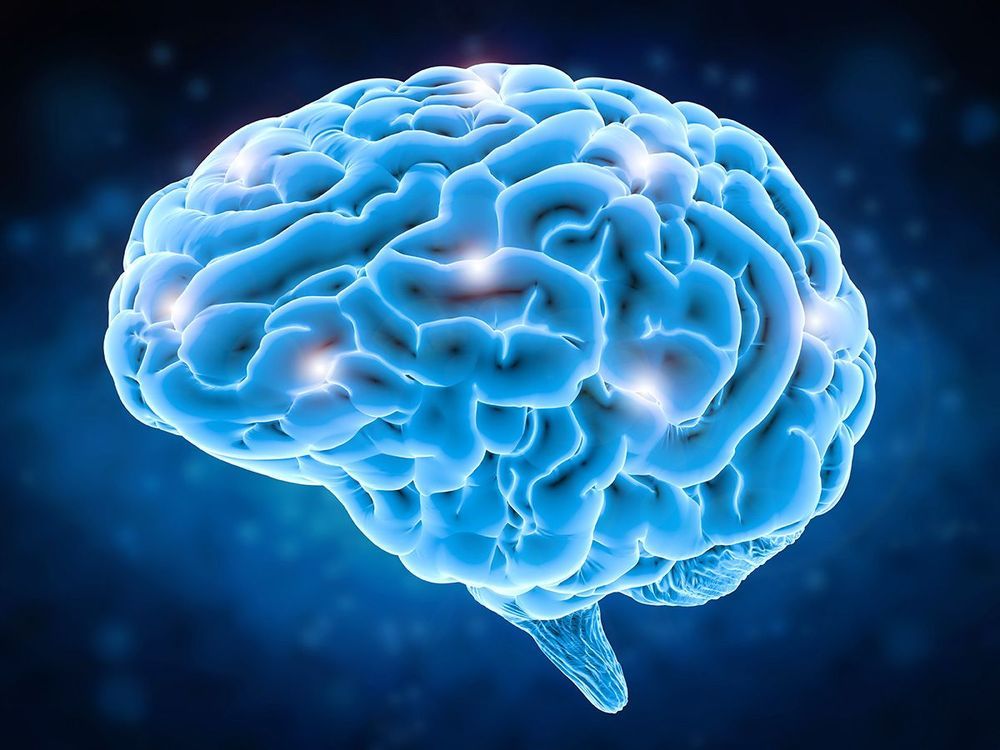
“A new model based on the blood-vessel network in a rat brain shows that the vessel position within its circulatory network does not influence the blood flow nor how nutrients are transported. Instead, transport is controlled mostly by the dilation of vessels. As well as providing new insights into the circulatory system, the model could lead to better artificial tissues and brain-scanning techniques – and might even improve the performance of solar panels.”
Nutrient flow in the brain is controlled by blood-vessel dilation, reveals network model
If you enjoyed this article, please like and follow our Facebook page for the latest news on neuroscience, psychology, and artificial intelligence:
https://www.facebook.com/The-Neuro-Network-383136302314720/
New understanding of blood transport could lead to better solar panels.
Would you consider growing your baby inside an artificial womb?